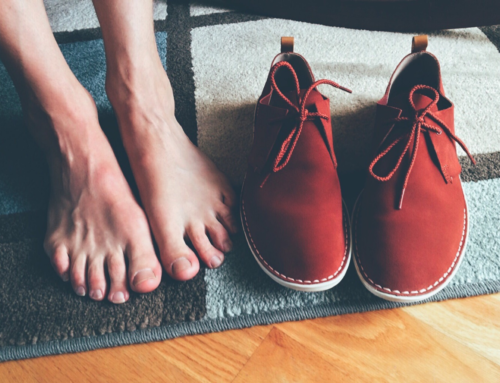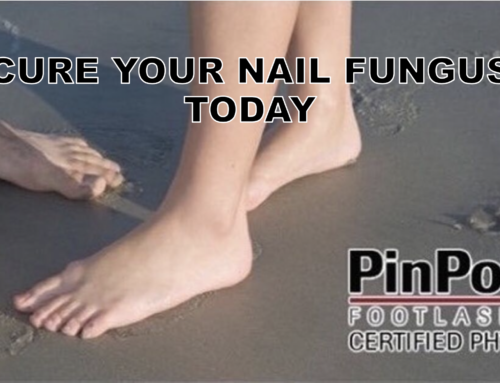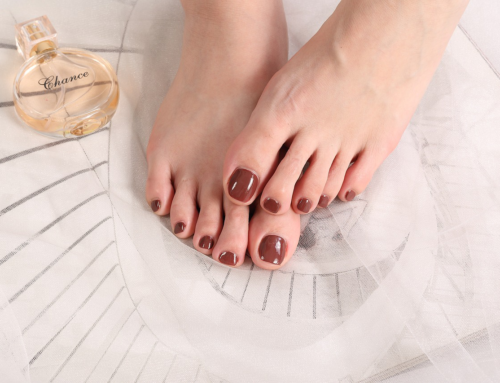Toenail fungus, also known as onychomycosis, is a surprisingly common condition that affects millions of people worldwide. While it may not pose an immediate threat to your overall health, it can cause pain, discomfort, embarrassment, and cosmetic changes that are hard to ignore. The most recognizable symptom is the yellowing and thickening of the nail, sometimes leading to separation from the nail bed.
What makes toenail fungus particularly frustrating is its persistence. Fungal spores thrive in dark, warm, and damp environments, which means your feet—especially inside shoes—are the perfect breeding ground. Once fungus takes hold, it can be difficult to eliminate completely, making prevention an essential step.
Symptoms to Watch for on Your Toenails
Understanding the early warning signs of toenail fungus is the first step in keeping it away. The nail bed is the fungus’s ideal home, where it feeds on tissues beneath the nail. Over time, the infection can worsen, leading to debris buildup under the nail, lifting of the nail plate, and, in severe cases, the nail falling off altogether.
Common symptoms include:
-
Yellow, white, or brown discoloration of the nail.
-
Thickened, brittle, or crumbling nails.
-
A distorted nail shape.
-
A foul odor is coming from the infected area.
-
Pain or discomfort when walking, especially if the nail has thickened significantly.
Important note: Toenail fungus is often misdiagnosed. Conditions like psoriasis, nail trauma, or even the natural yellowing that comes with aging can mimic fungal infections. Additionally, long-term use of nail polish can stain nails, making them appear infected. The only reliable way to confirm fungus is through a lab test of a nail scraping.
Why Prevention Matters
Toenail fungus is not just a cosmetic problem—it can be stubborn, expensive to treat, and can recur if not managed properly. For people with diabetes, circulation problems, or weakened immune systems, the condition can pose greater risks, potentially leading to secondary infections. Preventing toenail fungus is always easier and safer than treating it after it develops.
Practical Tips to Avoid Toenail Fungus
Fortunately, small adjustments to your daily routine can drastically reduce your chances of infection. Here are some expert-recommended strategies:
-
Choose the Right Socks
-
Opt for acrylic or moisture-wicking socks instead of cotton. Cotton tends to trap moisture, while acrylic fibers help keep feet dry, reducing fungal growth.
-
-
Wear Breathable Footwear
-
Avoid tight, closed-toe shoes whenever possible. Instead, choose shoes made of breathable materials like mesh or leather, which allow air circulation.
-
-
Practice Good Hygiene
-
Wash and dry your feet thoroughly every day, paying close attention to the spaces between your toes. Fungi thrive in lingering moisture.
-
-
Protect Your Feet in Public Areas
-
Always wear sandals or shower shoes in communal places like locker rooms, public showers, and pool decks. These are hotspots for fungal spores.
-
-
Rotate Shoes and Keep Them Dry
-
Don’t wear the same shoes two days in a row if they are damp. Allow them to fully dry, or use antifungal sprays or UV shoe sanitizers.
-
-
Trim and Clean Your Nails Properly
-
Keep toenails short, clean, and filed straight across. Disinfect nail clippers regularly to prevent spreading spores.
-
-
Limit Nail Polish Use
-
Give your toenails time to “breathe.” Constantly covering them with polish can trap moisture and disguise fungal growth.
-
By following these simple yet effective steps, you can greatly reduce the likelihood of ever facing a fungal infection.
If Infection Strikes: Exploring Treatment Options
Even with the best prevention habits, fungus can sometimes slip through the cracks. That’s why knowing your treatment options—and their risks—is so important.
Topical Treatments
Over-the-counter and prescription creams or medicated nail lacquers are widely available. However, because they cannot penetrate deeply under the nail, their cure rates are typically very low (often under 20–30%).
Oral Medications
Doctors may prescribe oral antifungals such as terbinafine or itraconazole. While these drugs are somewhat effective, they carry significant risks, including:
-
Liver toxicity.
-
Gastrointestinal problems.
-
Severe allergic or skin reactions.
Patients must undergo regular blood tests during treatment, and the course often lasts several months.
Modern Solution: Laser Treatment
The most advanced and effective solution today is laser therapy, such as the FDA-approved PinPointe Laser. This treatment targets the fungus directly under the nail with focused light energy, killing it at the source.
Advantages of laser treatment:
-
No side effects.
-
No downtime—resume normal activities immediately.
-
Painless and quick (usually under an hour).
-
The highest cure rate on the market compared to topicals and oral medications.
Our nail doctor in Philadelphia, PA, recommends PinPointe Laser treatment as the gold standard. Unlike medications that require months of monitoring, laser treatment typically requires just one session, with visible improvement as the nail grows out naturally.
Long-Term Nail Health: Staying Fungus-Free
Treating toenail fungus is only part of the battle. To keep it from coming back:
-
Maintain good foot hygiene daily.
-
Disinfect shoes and nail care tools regularly.
-
Stick with moisture-wicking socks and breathable footwear.
-
Consider periodic laser treatments if you’re prone to recurrence.
By combining prevention with effective treatment when necessary, you can enjoy healthy, clear nails for the long term.
Take Action Today
Toenail fungus doesn’t have to control your life. With the right prevention strategies and safe, effective treatment, you can protect your nails, avoid painful infections, and regain confidence in your feet.
If you suspect you may already have a fungal infection, don’t wait. Call us at (800) 672-0625 to schedule a consultation near you. With over 150 locations nationwide, our doctors are ready to help you find the right solution.
Your feet carry you everywhere—make sure they’re healthy, fungus-free, and pain-free.




